Pelvic Congestion Syndrome Emedicine
Pelvic congestion syndrome emedicine. A multidisciplinary team approach is needed to treat this often complex medical condition. Apparently the pelvic congestion syndrome risk further increases after multiple births. This leads to blood and lymph fluid becoming stagnant or congested.
What Is Pelvic Congestion Syndrome. Pelvic congestion syndrome PCS is a painful disorder affecting between 1015 percent of women in the US. Chronic pelvic pain is defined as non-cyclic pain lasting greater than six months.
It happens when the blood vessels in and around the pelvis become enlarged. Chronic Pelvic Pain in Women It is estimated that one-third of all women will experience chronic pelvic pain in their lifetime. Pelvic congestion syndrome PCS is a chronic condition that occurs in women when varicose veins form below the abdomen within the pelvic.
Typical age effected is between 20 and 45 years old. Veins are the blood vessels that carry blood back to the heart. In both cases the valves in the veins that help return blood to the heart against gravity become weakened and dont close properly.
First described by Richet in 1857 the symptoms of chronic dull pelvic pain pressure and heaviness are often a result of dilated tortuous and congested veins produced by retrograde flow through incompetent valves in ovarian veins 39 41 Fig 18. Pelvic congestion syndrome PCS is characterized by chronic pelvic discomfort exacerbated by prolonged standing and coitus in women who have periovarian varicosities on imaging studies. It is thought to be caused by problems with the veins in the pelvic area.
Yet getting to the point of that procedure or others if you choose laparoscopy or hysterectomy is a long hard journey on its own. PCS is characterised by worsening pelvic pain on sitting or standing for a long time but is relieved on lying flat. Pelvic congestion syndrome is a common cause of chronic pelvic pain.
Chronic pelvic pain CPP is a common problem and presents a major challenge to health care providers because of its unclear etiology complex. Pelvic congestion syndrome is likely to be a diagnosis of exclusion.
Symptoms of Pelvic Congestion Syndrome.
Pelvic congestion syndrome is a chronic condition that affects women and men and can be a cause of chronic pelvic pain. Yet getting to the point of that procedure or others if you choose laparoscopy or hysterectomy is a long hard journey on its own. Procedures like pelvic vein embolization can alleviate pain with up to 85 success rate. Symptoms of Pelvic Congestion Syndrome. Chronic pelvic pain is defined as non-cyclic pain lasting greater than six months. Pelvic congestion syndrome is a chronic condition that affects women and men and can be a cause of chronic pelvic pain. This leads to blood and lymph fluid becoming stagnant or congested. After a physical examination a Pap test to rule out cervical cancer and routine laboratory bloodwork a cross-sectional imaging study is obtained to be certain that there is not a pelvic tumor. Pelvic congestion syndrome is a condition that causes chronic pelvic pain.
Patients with pelvic congestion syndrome complain of a severe dull. In both cases the valves in the veins that help return blood to the heart against gravity become weakened and dont close properly. After a physical examination a Pap test to rule out cervical cancer and routine laboratory bloodwork a cross-sectional imaging study is obtained to be certain that there is not a pelvic tumor. Chronic pelvic pain CPP is a common problem and presents a major challenge to health care providers because of its unclear etiology complex. Pelvic congestion syndrome is similar to varicose veins in the legs. Pelvic congestion syndrome PCS is a chronic condition that occurs in women when varicose veins form below the abdomen within the pelvic. This leads to blood and lymph fluid becoming stagnant or congested.
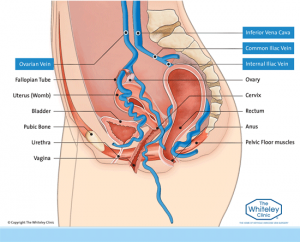
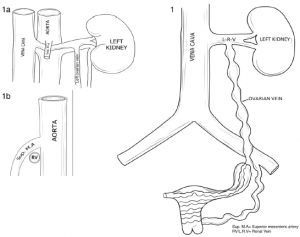
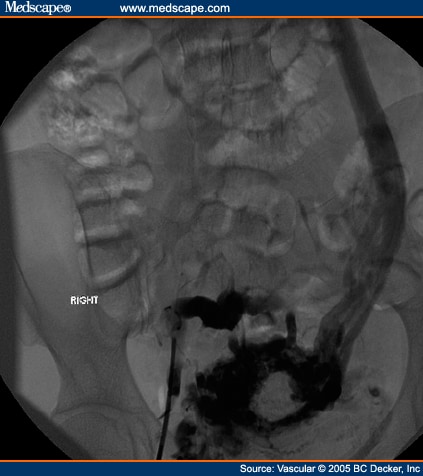
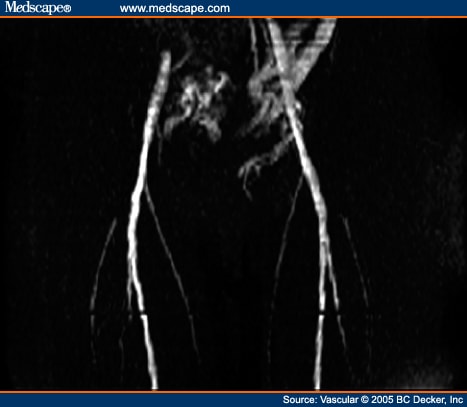

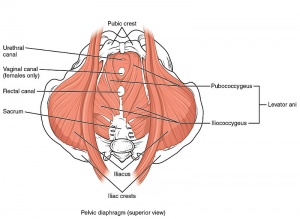
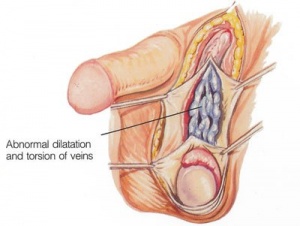
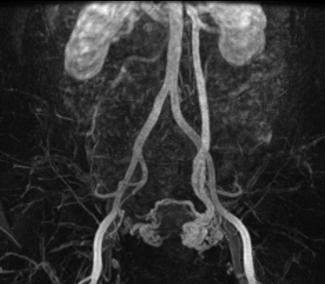

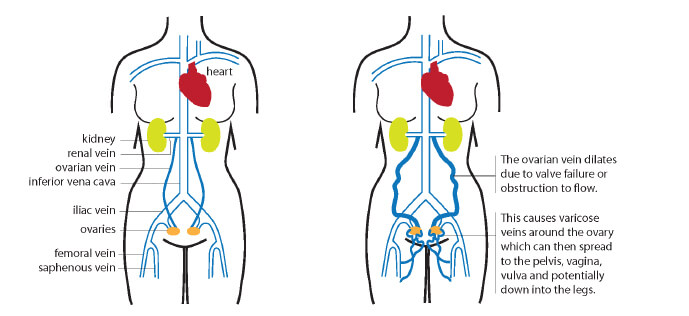

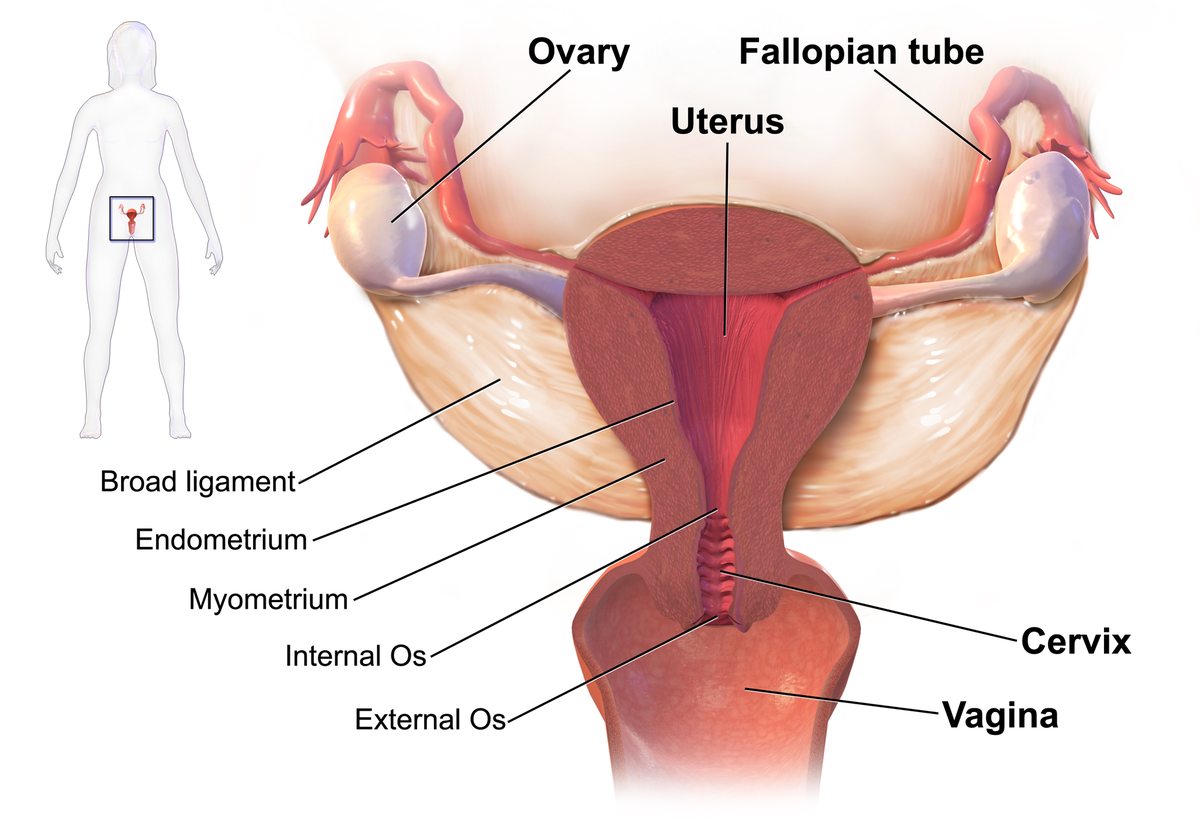
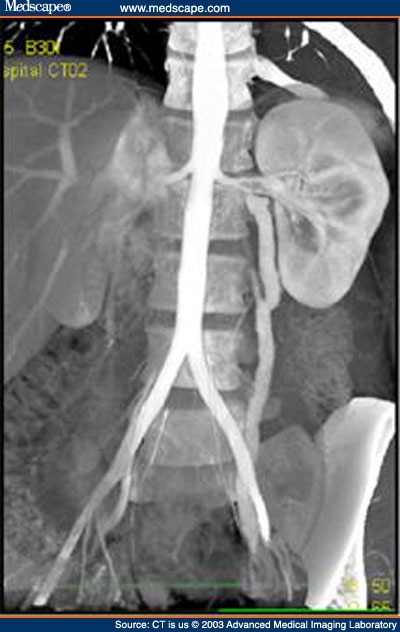
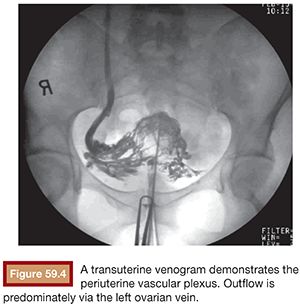
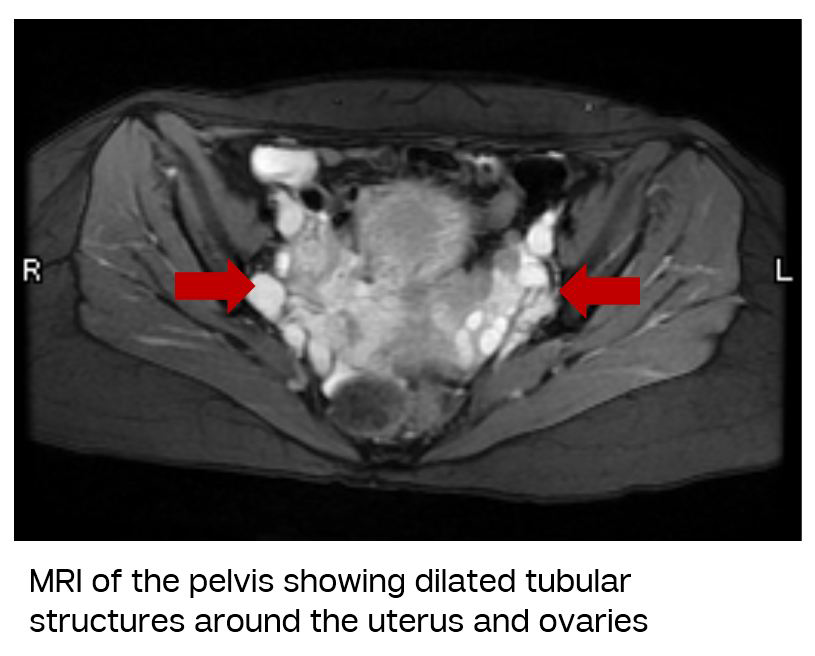








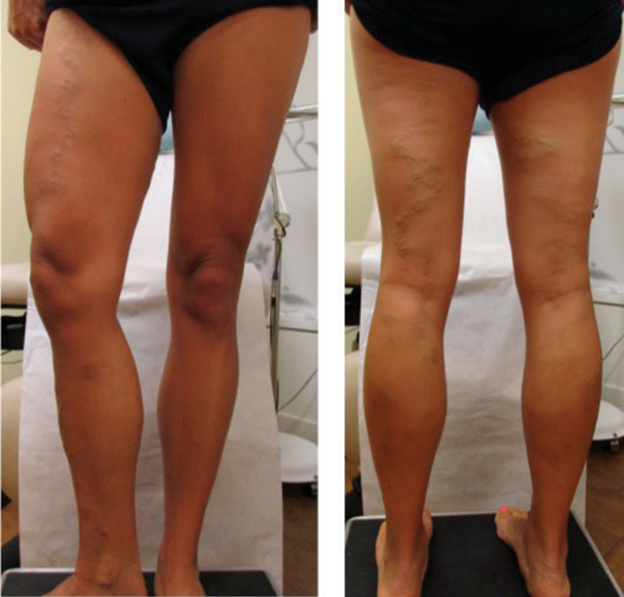






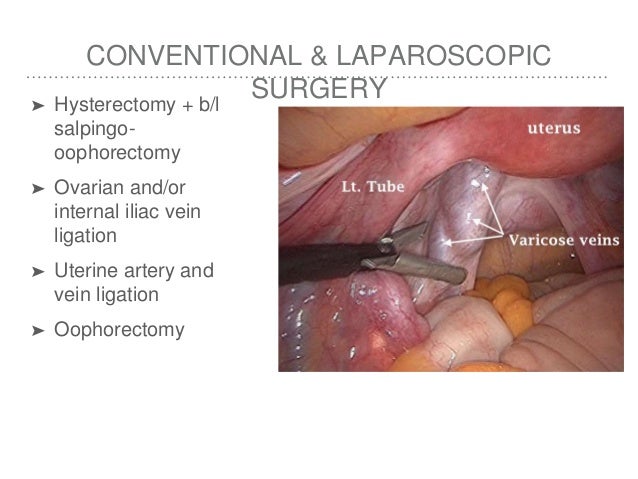

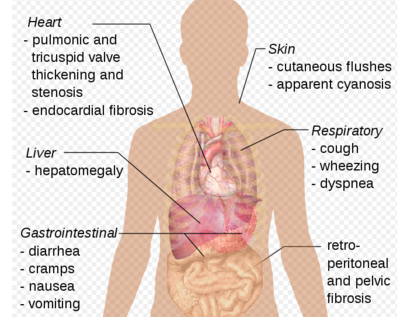




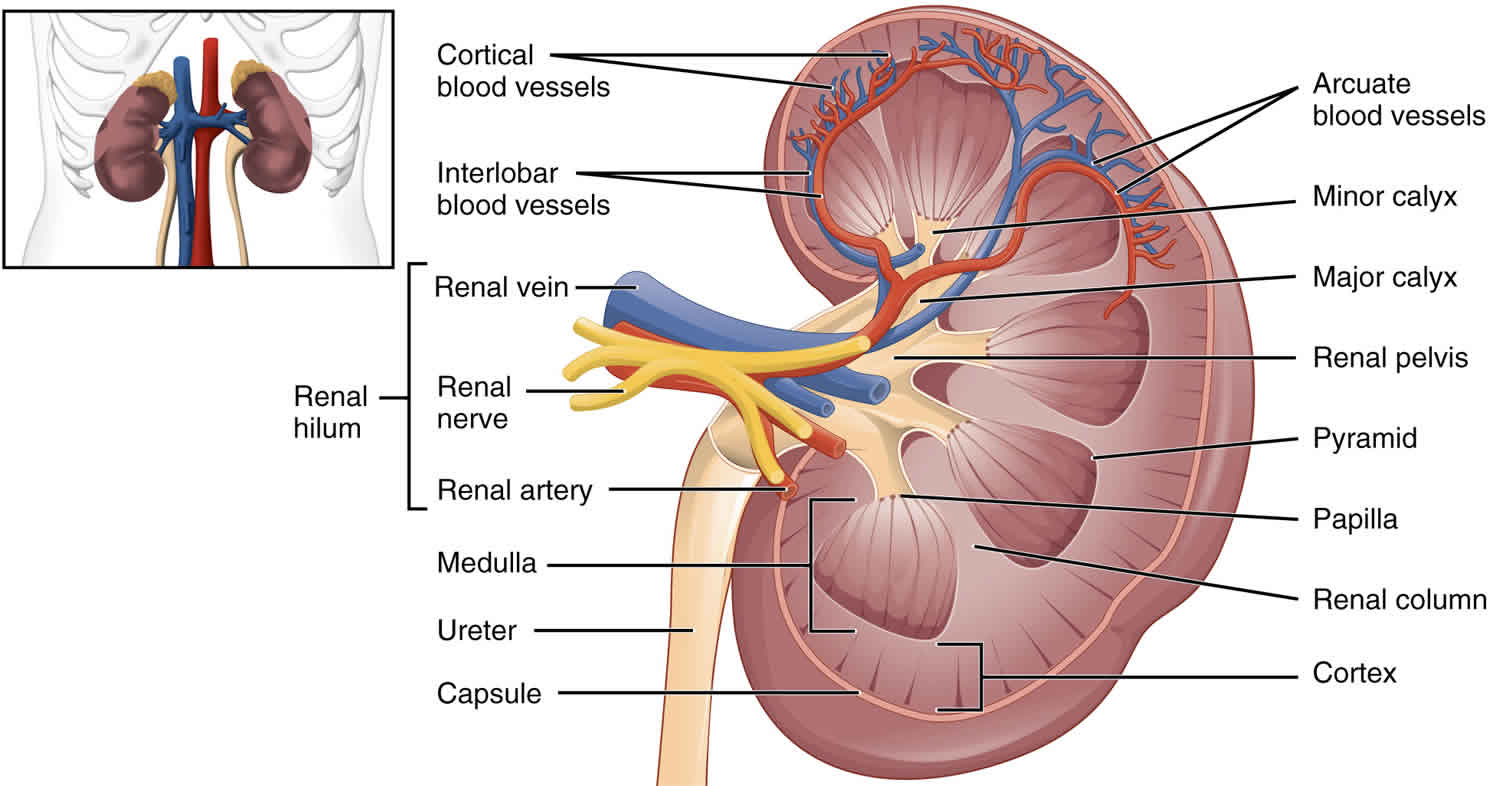
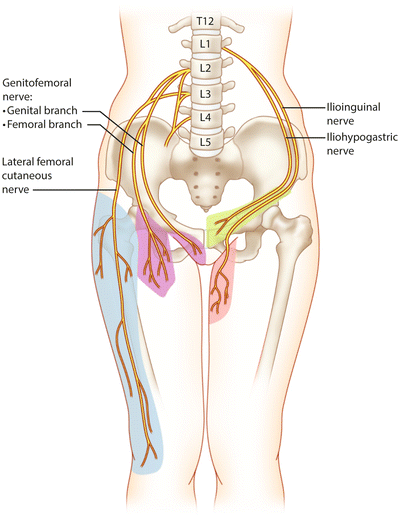
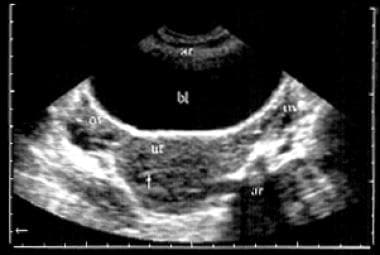
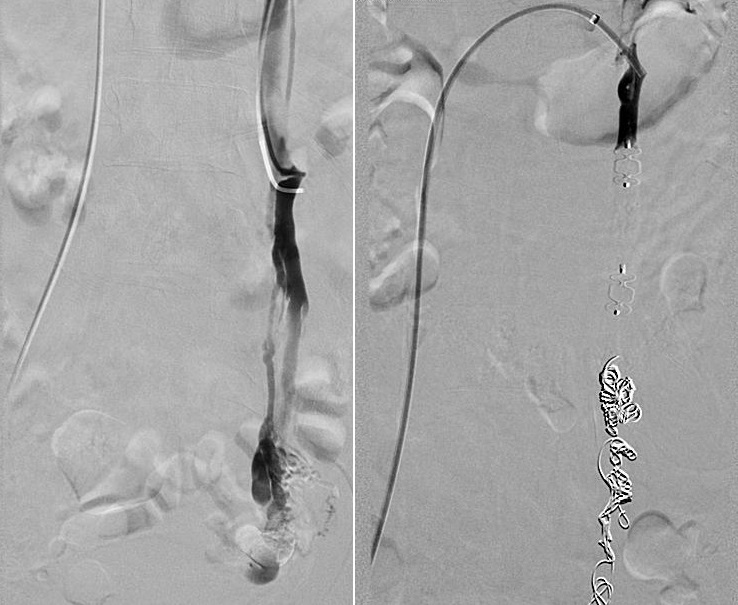


Post a Comment for "Pelvic Congestion Syndrome Emedicine"